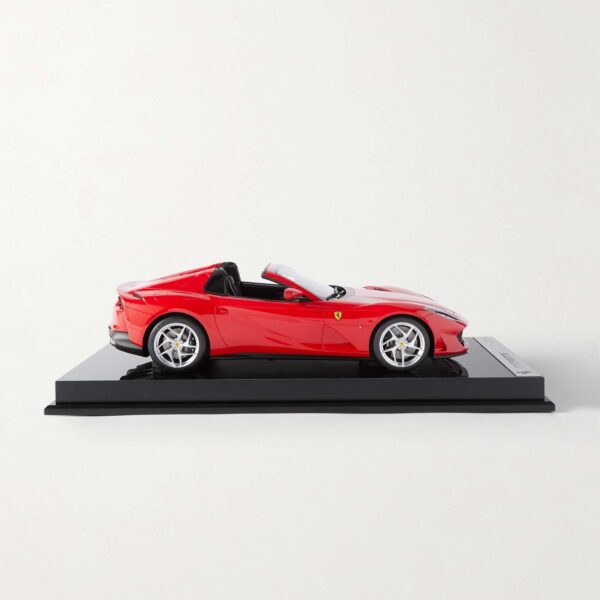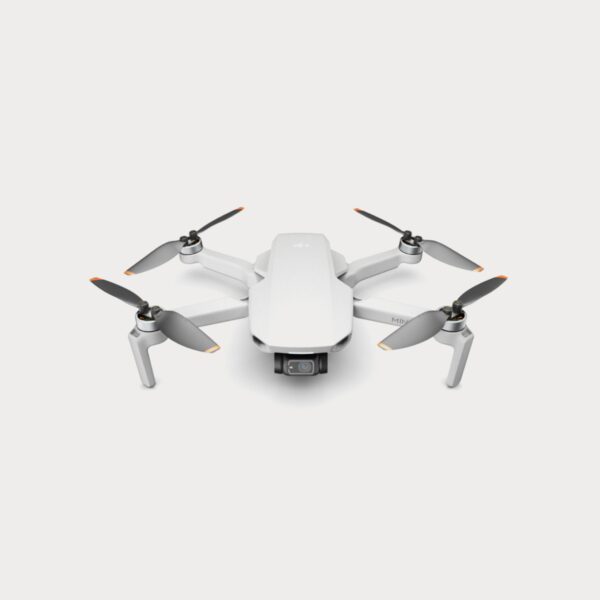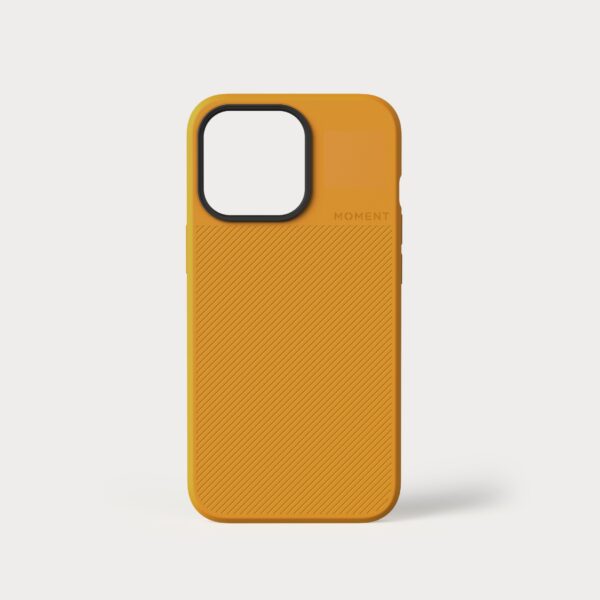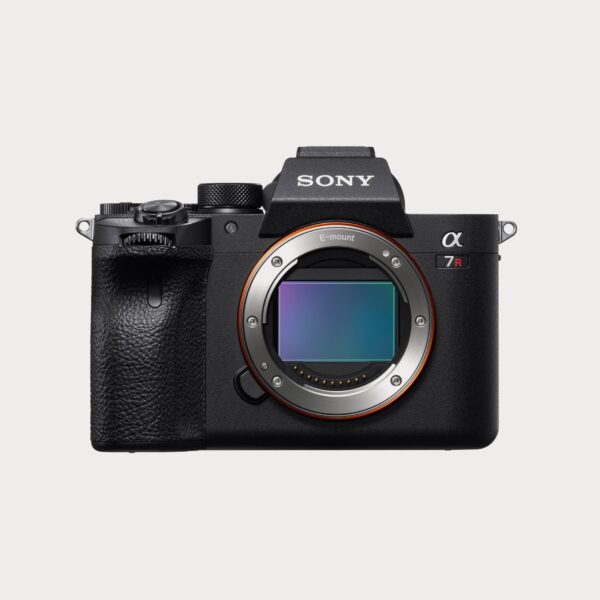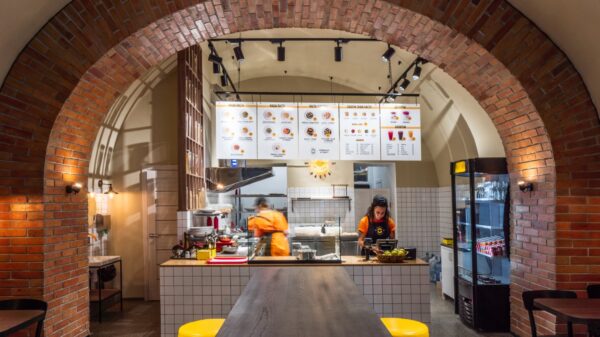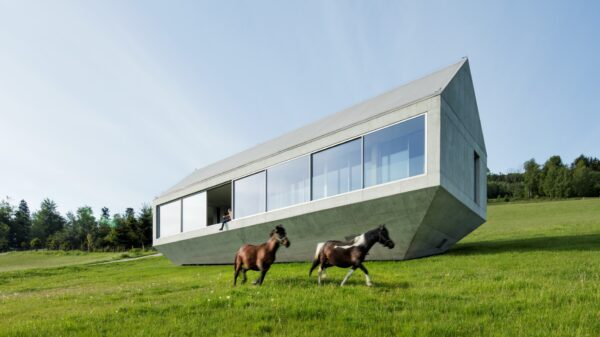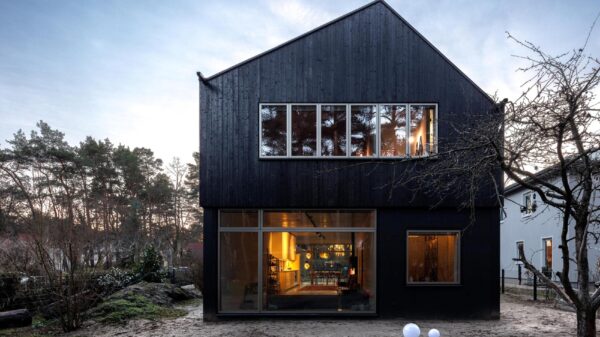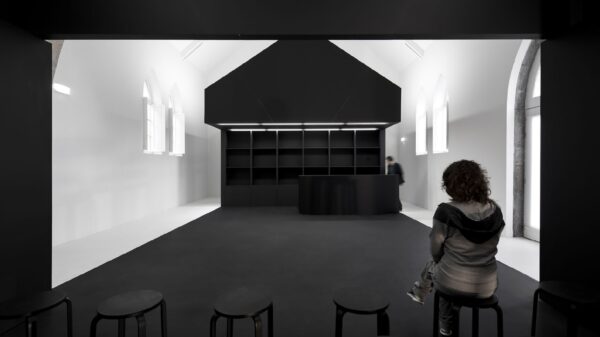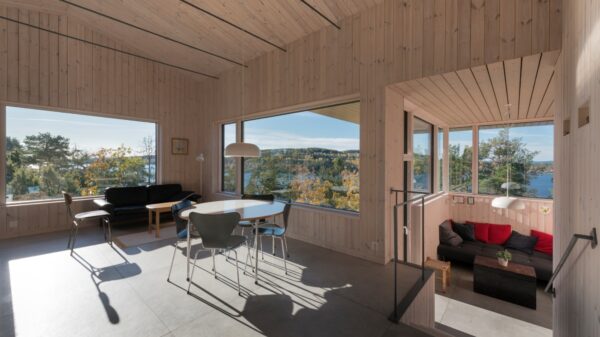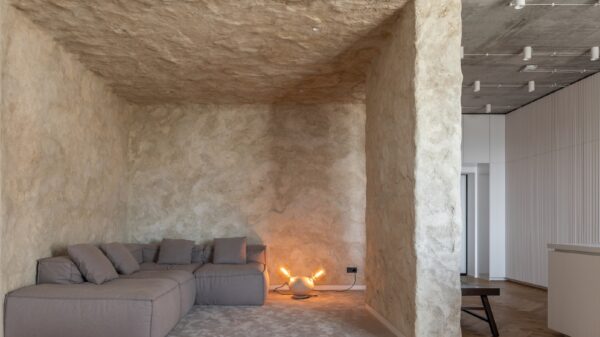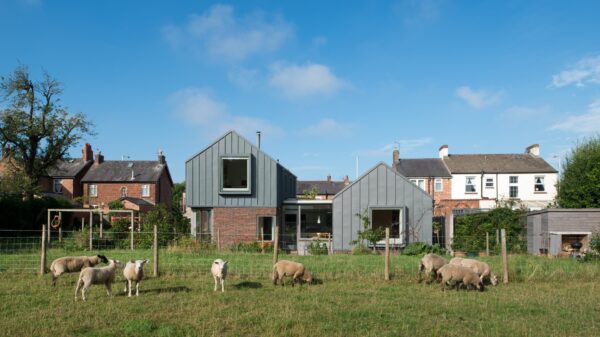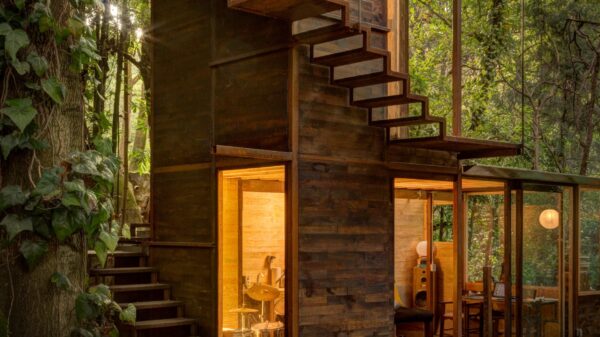Sculptural acoustic creations with architectural elements that will draw you into the story of the installation itself. Zimoun, who you may already know, is a Swiss artist who has shown his talent in endlessly special installations where you can find new thoughts or feelings. The artist creates these sound sculptures from a bit absurd, but often simple industrial elements, which he sets in motion by switching on, thus spilling the sound spontaneously around the room. It’s amazing how Zimoun discovers the sounds of the elements, which we often do not pay attention to in normal life.
„He sees the moment of activation and the dynamic of the materials themselves as a sculptural and performative approach and names the principle behind these works ‘primitive complexity’.“
Zimoun’s installations have been exhibited on the international stage and in world museums. Immerse yourself in the world of sculpture, installations, extraordinary art and incredible imagination in the interview below! You can see his upcoming exhibitions here.
How did you get started with this kind of art? What were your beginnings and first successes?
I don’t remember a starting point as I was always experimenting and playing with materials and ideas, and being engaged in the fields of visual and auditive activities since a little kid. Since an early age I was playing various instruments, started to create small compositions, was playing in bands, next to exploring visual textures and activities while experimenting with old Xerrox machines, paint or analog photography. Just before I started to work with mechanical systems in my early twenties, I started experimenting with multi-channel sound systems and I did compositions for a number of speakers spread in the space. At the time, I was mainly working with pre-recorded sounds of physical materials such as for instance sounds of paper. Driven by a minimalistic approach and thinking, I then started to wonder how I could get the work even more direct and create sounds in real-time on site in the most immediate way, as opposed to recording them first and playing them later after some digital or analog processes. At that moment in time, the experimentation with mechanical systems began and the visual intensions merged together with sound and space into the installation work I am currently doing.
How long does it take to design and install projects 297 and 510? And in general, are your projects subsequently placed in some galleries? Or what will happen to them then?
This depends a lot from project to project as well as on its size. But I would say speaking about installation within this scale it usually takes about 3-5 days to install. The entire production and development is usually spread over several months. My works are not primarily created in the mind, but through extensive experimentation with materials and mechanical elements, through test arrangements and especially by observing the events that take place during the experiments. I often feel more like a discoverer and observer of things than as their inventor.
After an exhibition we take everything apart and use the materials again for other works. Since almost 20 years we follow a strict recycling and no-waste policy at Studio Zimoun. The materials used are recycled over and over again. All mechanical elements are carefully dismantled after an exhibition, prepared and maintained in the studio, in order to be used again later in another site-specific installation or sculpture. The simple everyday and industrial materials used, such as wood or cardboard, are always organized locally. This allows us to reduce the transport volumes to a minimum, as we only bring the mechanical elements themselves to set up an exhibition. Usually this is only a small box. Many of these local materials are already recycled before we use them, and all of them are reused locally after an exhibition. With this ecological understanding we have also built the entire interior of our studio, which is made of recycled materials. We use renewable energies to work in the Studio, travel within Europe exclusively by train and avoid any animal related products. We try to take responsibility in how we do what we do.
What do you want to say to other people through your works? Is there a deeper thought in this?
Through the work I try to create situations and moments that associatively activate and stimulate myself as well as the viewers in various directions. In this context I am interested in philosophical questions about perception, consciousness and the creation of realities, which are also related to social phenomena and technological developments, as well as to our interaction with our environment and fellow human beings. I try to manifest less a single statement than to create situations and states through my installations, potentials that stimulate questioning, observing and exploring, wondering and thinking on individual levels.
My sculptures and installations generally create various types of ‘Rauschen’, a kind of visual and acoustic flicker. These flickering states are of particular interest to me. They open up spaces to observe and examine our own perceptions. Similar to twilight, the interpretation of our perception becomes more open to different possibilities and we create different realities. For me, my works are often also a tool for such observations and investigations, especially when I stay in the installations for longer periods of time it can get pretty trippy.
What is your biggest inspiration?
I think almost everything is inspiring in a way or an other somehow. Not necessarily other artists only, but also nature, architecture, society, science, philosophies, engeneering, technology, behavors, systems and organisms… it’s an endless list. For instance I am always fascinated by any kind of experts who are obsessed with what they do and therefore know a lot about their specific field. It inspires me to be in exchange with such people. For a while I was regularily For a while I was regularily in touch with Danielle Mersch, a scientist who was working at the Ants Laboratory at the University of Lausanne at that time. She is specialized in the research of the social behaviour of ants. She showed me the ants lab and all the research they are doing and its current state, passed me current papers and demonstrated how they work and the methods they use. It was very fascinating and inspiring on various levels. Since my teenage age I also feel a strong connection to all kind of Minimalism. In music, in arts, in architecture, in construction, in living,… The artist I was studying the most during this time was John Cage. I was not mainly fascinated by the works he created, but by his personality, his understanding of all kind of noices and silence in a musical context, as well by his thinking about sound, society, the world and universe, and all the methods and principles he developed to create his works.
Zimoun : 510 prepared dc-motors, 2142m rope, wooden sticks 20cm, 2019
Zimoun : 297 prepared dc-motors, 1247 m rope, wooden sticks 19 cm, cardboard boxes 10x10x10 cm, 2019
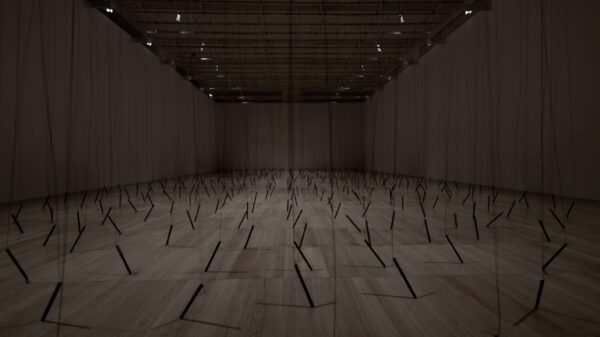
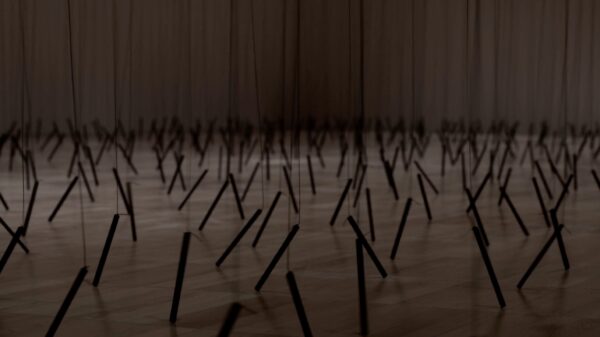
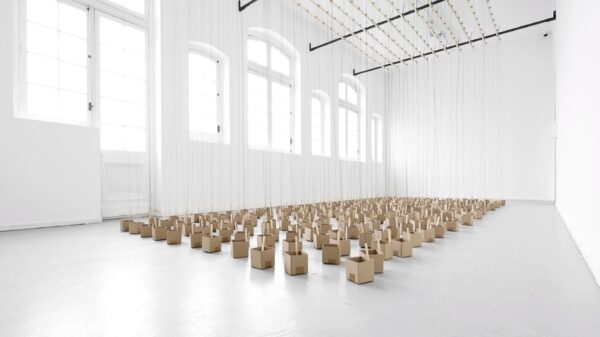


Photos and videos courtesy Studio Zimoun ©
www.zimoun.net | www.instagram.com/studiozimoun
